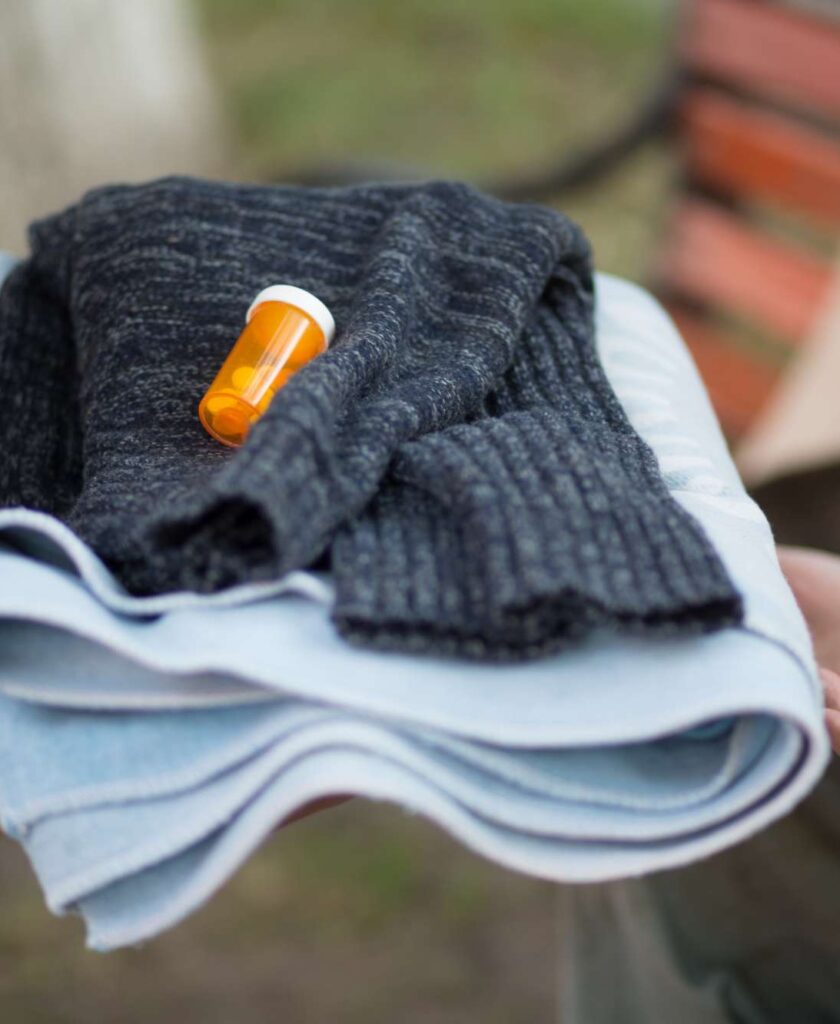At Northreach Society, we recognize the critical importance of providing accessible harm reduction supplies to support safer sex and safer drug use practices throughout Northern Alberta. We are committed to ensuring that everyone in our community has the resources they need to manage their health safely and with dignity.

Easy Access to Essential Supplies
We offer a comprehensive range of harm reduction supplies tailored to meet the needs of our community. Whether you are looking for safer sex products or safer drug using equipment, Northreach Society is here to provide you with high-quality and reliable supplies.
Flexible Delivery and Pickup Options
Curbside Pickup: Available at our Grande Prairie location from Monday to Friday, 9 AM to 4 PM. This service allows you to conveniently and discreetly pick up your supplies without leaving your vehicle.
Delivery Service: Understanding that accessibility can be a barrier, we provide a delivery option to bring harm reduction supplies directly to you. This service is designed to be confidential, ensuring your privacy and comfort. Delivery is available Monday to Friday, 9 AM to 4 PM
What We Offer
Our harm reduction supplies include, but are not limited to:
Safer Sex Supplies
This includes a variety of condoms (regular latex, non-latex, flavored, and extra-large), insertive condoms, unflavored nonlatex dental dams, and personal lubricants (silicone-based and water-based). These products are essential in preventing the transmission of STIs and providing protection during sexual activity.
Safer Drug Using Supplies
Our offerings include glass pipes for safer inhalation, alcohol swabs for cleaning, and various types of injection equipment like needles, cookers, and tourniquets. Each item is designed to minimize health risks associated with drug use.

How to Access Our Services
To request delivery of harm reduction supplies, please click on your location below. You can also contact us directly at our Grande Prairie or Fort McMurray offices to discuss your needs or learn more about becoming a satellite site for wider distribution.
Note on Availability
Please be aware that there may be occasions when certain supplies are unavailable due to circumstances beyond our control. We strive to keep all items in stock, but availability can vary.
Supporting Our Community
Northreach Society is dedicated to reducing the risks associated with sexual activity and drug use through the provision of essential harm reduction supplies. By choosing our delivery or curbside pickup services, you are taking an important step towards protecting yourself and others. Our team is here to support you with respect, professionalism, and confidentiality.
CTA For more information about our harm reduction supplies and services, or to inquire about specific products, please contact us at info@northreach.ca or call 780-538-3388. We are here to help you access the supplies you need to stay safe.
